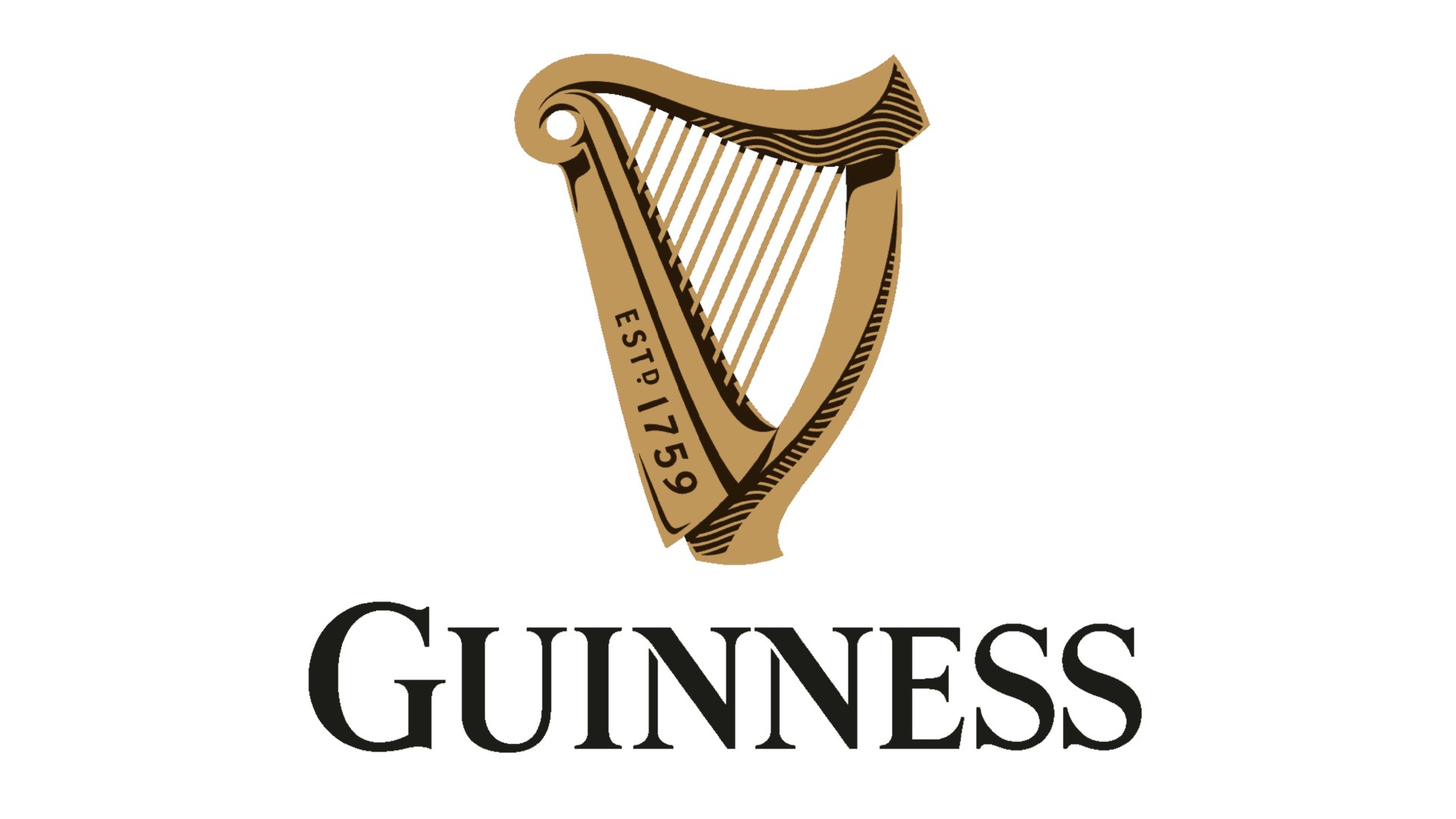Iconic Ads: Guinness – Is Good For You

Flat sales in the 1920s prompted Guinness, to hire advertising agency S. H. Benson to create a formal advertising campaign, which began in early 1929.
Arthur Guinness founded the Guinness Brewing Company in 1759 and shortly after moved it to its current location in St. James Gate, Dublin. There it began brewing porter, a popular variety of ale among Dublin’s working class, rather than lager or other ales. An engraving featuring a drinker, a keg of Guinness stout, and the words “peace, health, and prosperity” appeared in a 1794 issue of The Gentlemen’s Magazine. This is almost certainly the first Guinness advertisement.
But there was no consistent advertising until years later. The company relied on consumer word-of-mouth for many years afterwards, and in 1862, the company adopted its signature harp insignia. There were many customers for “the black stuff.” Throughout the 19th and early 20th centuries, Guinness followed the many Irish seeking work and better chances in Britain & elsewhere. Guinness had gone global thanks to the Irish diaspora.
Advertising
Tepid sales in the 1920s prompted Guinness executives, led by CJ Newbold, then the company’s managing director, to hire the London advertising agency S. H. Benson (later merged with Ogilvy & Mather) to create a more formal advertising campaign, which began in early 1929.
Samuel H. Benson wanted his company to focus on things that were both socially acceptable and affordable. Guinness’s management desired tasteful advertisements. They collaborated to create a legendary commercial campaign.
Market research was conducted when agency personnel visited pubs in London, and asked patrons, “Why are you drinking Guinness?” ‘Guinness is good for you,’ was the response 9 times out of 10. That is where the slogan originated.

The first advertisement in the campaign appeared in the London Daily Mail and other British newspapers on February 6, 1929, following testing in Scotland in 1928. “Tied houses,” which served beers from a single brewery, dominated the British pub market. Guinness didn’t have tied houses, so customers had to ask for it often enough for Guinness to obtain entry to the pubs. Advertising was a novel and unaccepted concept then. So the ad began with the somewhat apologetic phrase, “This is the first advertisement ever issued in a national paper to advertise Guinness.”
Then, some corporate leaders, notably Lord Iveagh, the Guinness family patriarch, saw advertising as a desperate expedient.
Good for You?
Guinness was thought to be healthful at the time due to its high iron content, according to doctors. Other print advertisements cited seven positive qualities: strength, nerves, digestion, weariness, sleeplessness, tonic effect, and blood. Guinness for Strength, Have a Guinness When You’re Tired, and A Guinness a Day were just a few of the slogans that appeared later.
Recent research has revealed that it contains anti-oxidants, but health claims are absent owing to strict regulation.
The ad was so effective that one autumn 1929 print ad was simply a glass of Guinness and the words Good for You.



